Car imports unlikely to slow down
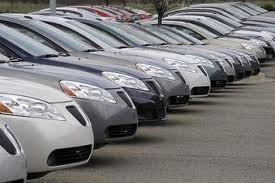 The report, released by the Vietnam Chamber of Commerce and Industry (VCCI) recently, looked at how the domestic automobile manufacturers could compete against foreign rivals when the country’s automobile import tax for ASEAN (AFTA) would be reduced to 50 per cent by 2014 and zero per cent by 2018.
The report, released by the Vietnam Chamber of Commerce and Industry (VCCI) recently, looked at how the domestic automobile manufacturers could compete against foreign rivals when the country’s automobile import tax for ASEAN (AFTA) would be reduced to 50 per cent by 2014 and zero per cent by 2018.
According to the report, the country’s automobile industry is currently less developed as 80 per cent of assembly components needing to be imported. The automobile market has roughly 150,000 vehicles per year.
The country had 314 automobile assemblers by the end of 2010, of which 52 per cent were domestic and private, 42 per cent were foreign invested and only 6 per cent were State-owned. The assemblers’ total design capacity was roughly 458,000 vehicles per year, but the assemblers ran only at half of this capacity.
Le Thi Hai Van from the Ministry of Planning and Investment’s Foreign Investment Agency (FIA) said in the report that in general, technology and equipment of the country’s automotive industry progressed at a medium or even backward level.
The current so-called technology of the industry was only welding, painting, assembling and product testing, Van said.
Meanwhile, supporting industries were small and incomprehensive. The country currently has roughly 210 enterprises involved in manufacturing automobile components and parts, creating jobs for roughly 26,163 workers. But the enterprises could produce only simple components such as chassis, container vehicles, tires, radiators, wires, springs, exhausts, gearboxes, and steering wheels.
Van reported that investment in automotive component manufacturing was poor and the products were small in both volume and variety. Every year, the automotive industry still has to import about $2 billion of parts.
According to statistics of the Ministry of Public Security, the country’s total number of cars in circulation was 1.63 million units by the end of 2010. Thus, the nation’s automobile market has great potential. However, the country has not so far got any large-sized producers whose products could be exported and competes against that of other rivals in the region.
As planned, Vietnam has set a target to increase Vietnamese automobiles of less than nine seats to at least 50 per cent. However, the localization rate currently reaches less than 15 per cent-too low of a rate to be able to develop the automotive industry. The localization rates for other vehicles, such as cars with more than 10 seats, are also only 30-40 per cent against the target of 60 per cent.
The report attributed the shortcomings of the automobile industry to domestic automobile producers not being dynamic or sharp in their approach to customers. They are not also confident nor familiar with the concept of building a “mutually beneficial” relationship with customers. Supporting enterprises that produce components for the industry could churn out only poor-quality products at high prices due to outdated technology.
Therefore, there is always a big gap between the requirements of products quality, price and delivery deadlines for foreign companies and the ability to meet the requirements by Vietnam’s suppliers.
A loose linkage and inconsistency between FDI and Vietnamese enterprises in the automotive industry is also a cause hindering the industry’s growth. A survey of 23 FDI manufacturers in the automobile industry in 2010 by the FIA, the General Statistics Office and the VCCI showed that six out of 23 of the manufacturers did not buy components from Vietnamese suppliers. Only about 15 per cent of the inputs used by the FDI manufacturers were from Vietnamese suppliers.
Therefore, the report said, the localization rate of Vietnam’s automotive vehicles was very modest, causing the industry to depend mainly on foreign investors and the domestic car market be flooded with imported cars from Japan, South Korea and Germany.
What the stars mean:
★ Poor ★ ★ Promising ★★★ Good ★★★★ Very good ★★★★★ Exceptional
Related Contents
Latest News
More News
- Amata City Ha Long marks six years of development (April 23, 2024 | 17:00)
- Taiwan's Giant Group to build $120 million bicycle factory in Binh Duong (April 23, 2024 | 15:02)
- Nvidia delegation to explore opportunities in Vietnam (April 23, 2024 | 08:30)
- China's BOE builds $275 million electronics factory in Ba Ria-Vung Tau (April 22, 2024 | 10:44)
- Suntory PepsiCo breaks ground on its largest Asia-Pacific plant in Vietnam (April 22, 2024 | 08:53)
- New Hope ceases Binh Dinh pig-breeding project (April 19, 2024 | 18:34)
- Localities get ready for fourth FDI boom (April 19, 2024 | 16:41)
- Japanese retailer Takashimaya to advance project in Hanoi (April 19, 2024 | 11:31)
- Carmakers go it alone on e-vehicle charging solutions (April 18, 2024 | 14:00)
- Need is urgent for e-vehicle charging infrastructure (April 18, 2024 | 11:00)

 Tag:
Tag:
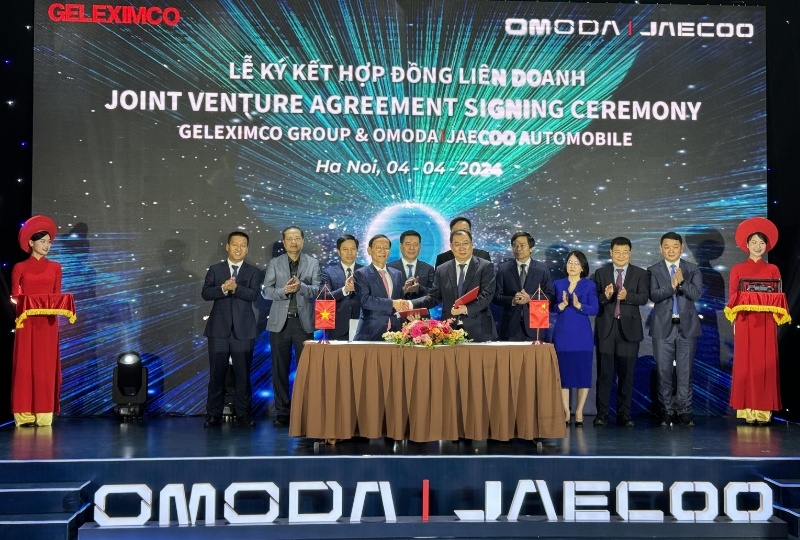
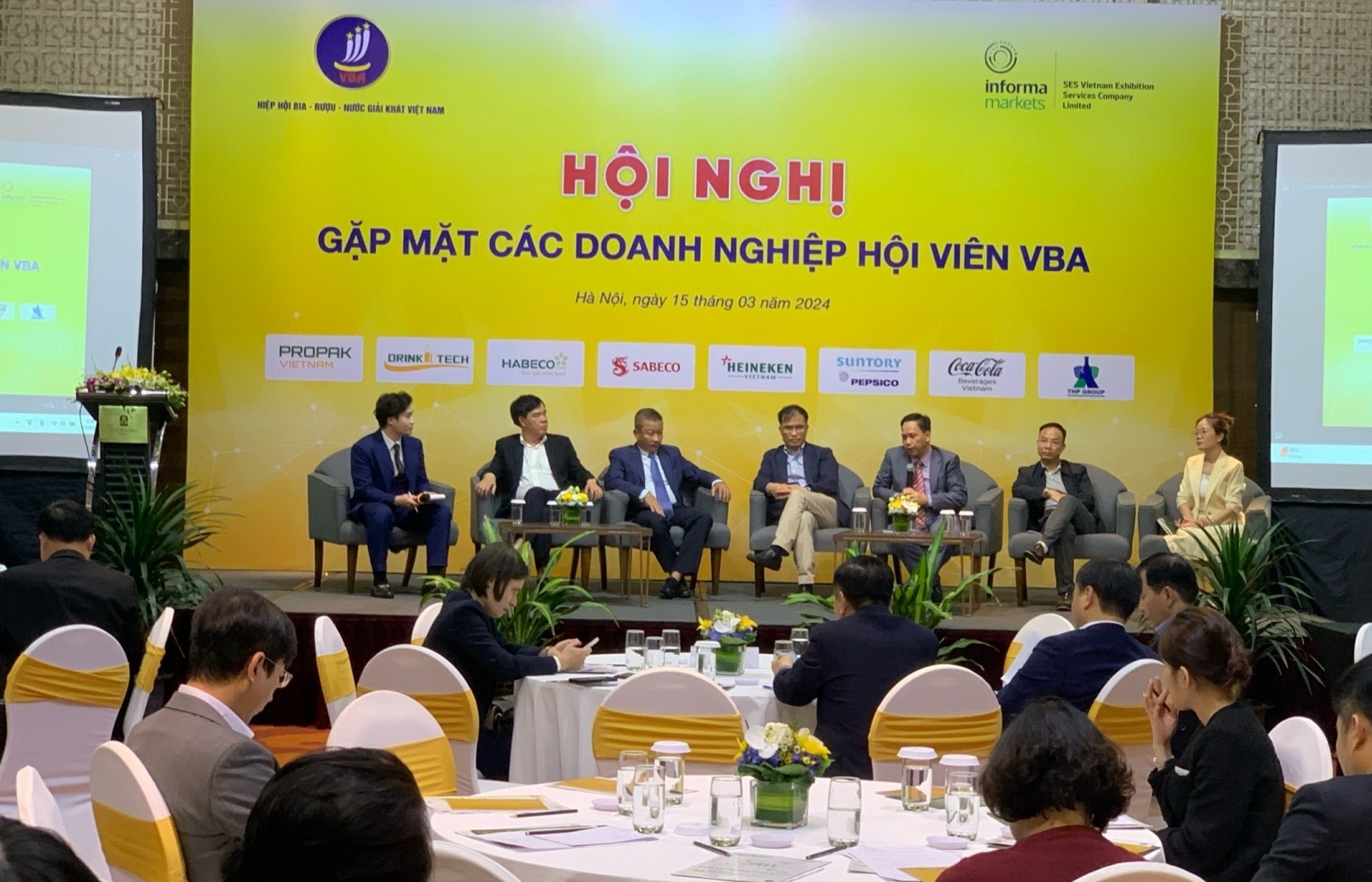



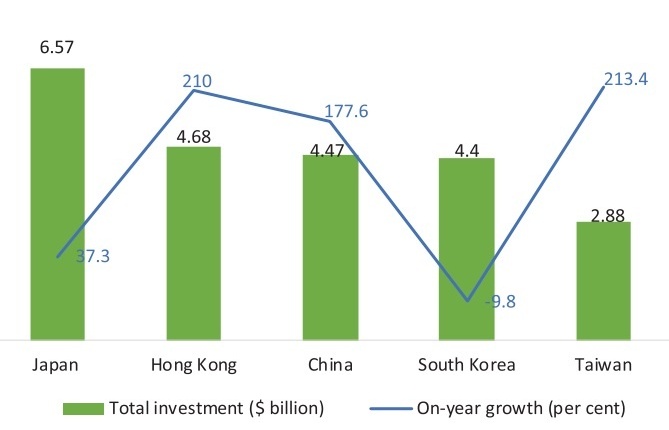
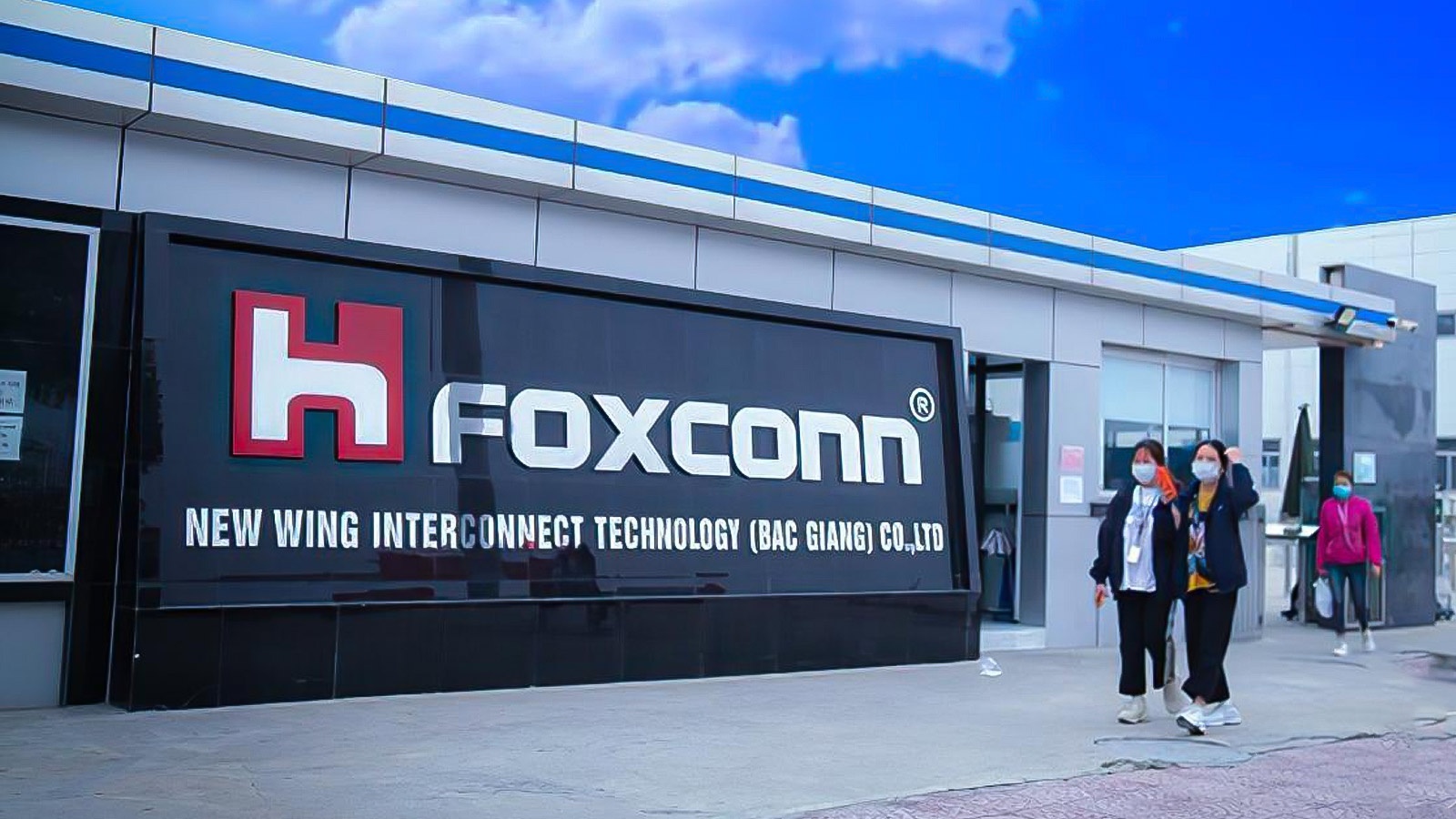
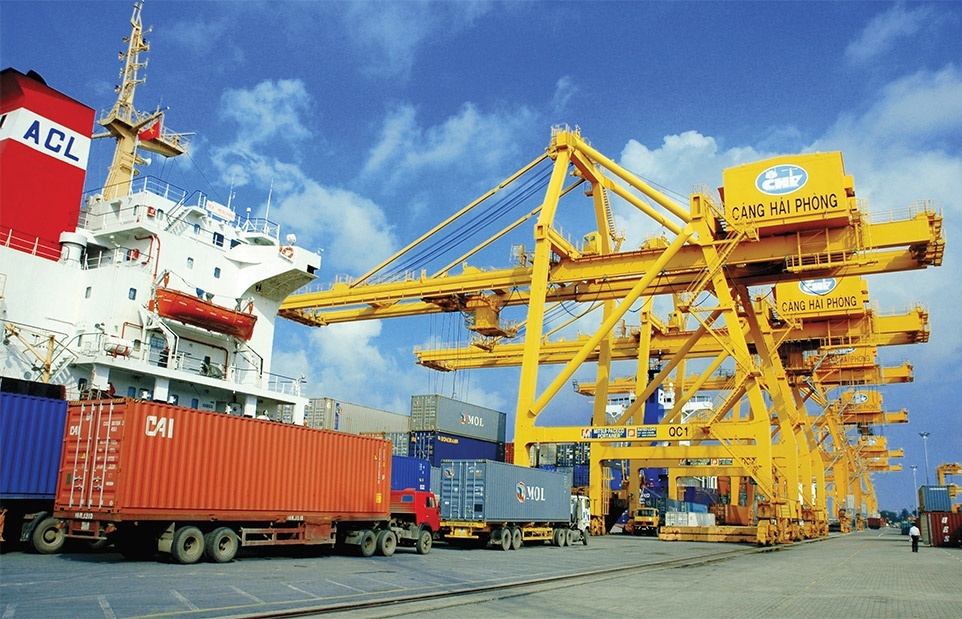











 Mobile Version
Mobile Version